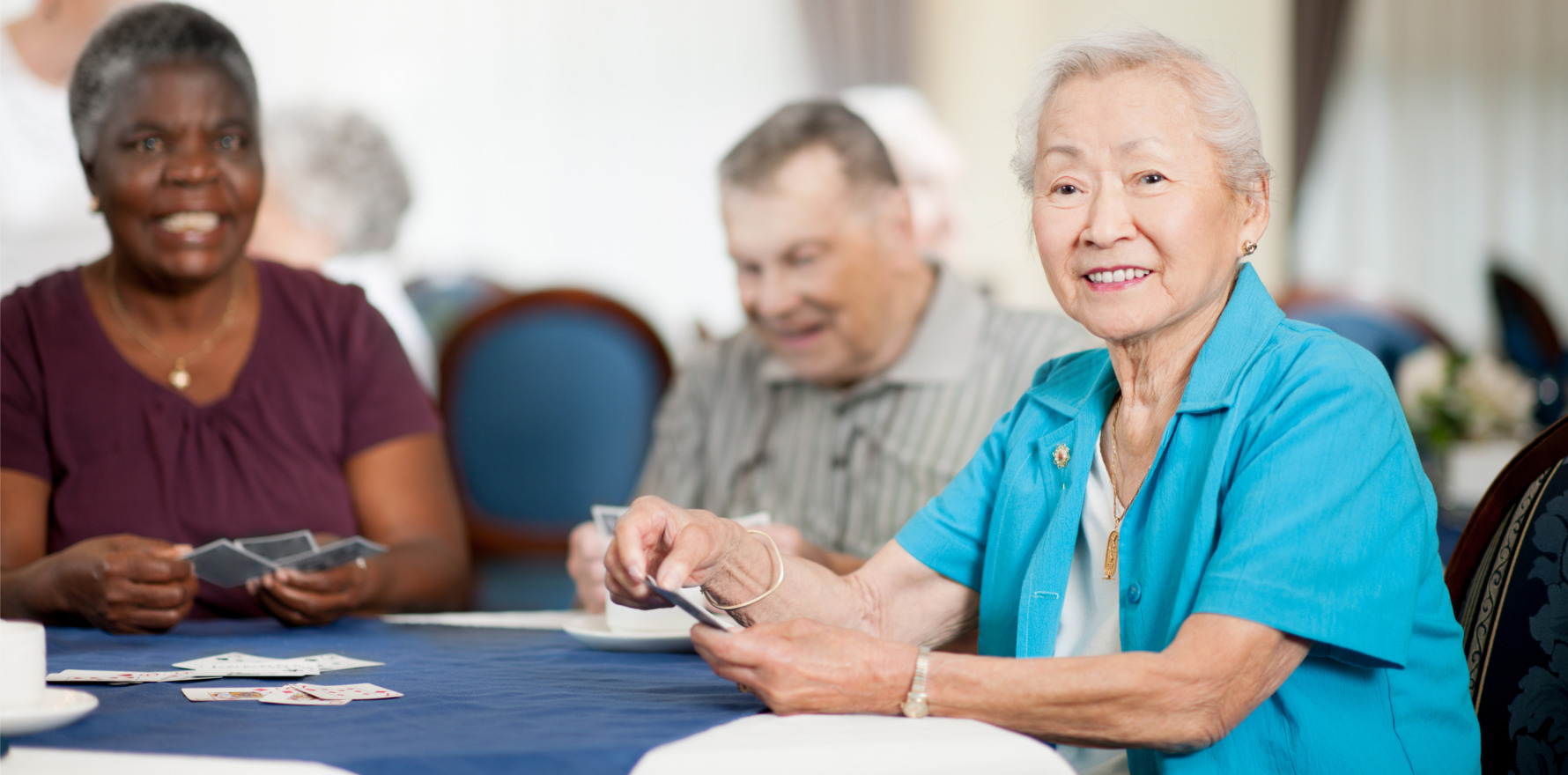Supporting older people to make their own aged-care decisions is mandatory, and there’s a tool to help everyone understand it and do it.
The Older Persons Advocacy Network has launched a new, practical decision-making toolkit to help older people and their care providers prepare for putting their wants and needs first – an approach mandated by legislation from 1 November.
“The new regime is about rebalancing the power dynamics in aged care and putting the wishes of older people front and centre,” said OPAN CEO, Craig Gear.
“Supported decision-making means having the support you need to make and communicate your own decisions, rather than having decisions made for you,” Mr Gear said.
“The new Aged Care Act reinforces that right. It ensures older people remain at the centre of their care, supported by those they trust – whether that’s a family member, friend, advocate or provider.
“These new resources give older people practical tools to exercise that right and help providers understand how to embed supported decision-making in everyday practice.”
For professional care providers, there is a new, free “supported decision-making eLearning module” on how to provide decision-making support, as per their responsibilities under the new Act. A certificate is provided on completion to show that the recipient is working towards Aged Care Quality Standard 1.3.
Importantly, for older people and friends and family, the toolkit explains what supported decision-making is, why it matters, and how to use it in daily life.
It covers:
- Your decision-making rights;
- What is supported decision making?
- The role of aged care services and how to ask for information;
- Choosing your supporters – their responsibilities and duties in supporting your decision making;
- What to do if you believe your rights are not being respected;
- A My Supporter List tool to plan and keep track for yourself the people supporting your decision making.
And for everyone, there is a series of short videos demonstrating what rights-based practice is and isn’t, in practical situations, tying them back to the relevant part of the Statement of Rights.
For instance, in the first video on “respect for decisions”, a daughter approaches a staff member in an aged care home to ask why her father isn’t yet out of bed.
“He’s woken up early for work his whole life. He should be up and dressed first thing,” she says.
The aged care worker assures her that: “Reggie’s consistent worker has checked on him a few times this morning, and when she did gently speak to her, he gestured her to go away and let him keep sleeping.”
The daughter looks unconvinced, so the worker continues.
“She has been caring for him for a few months now and knows your dad’s way of communicating.”
“But my dad has dementia, and I’m his registered supporter,” Reggie’s daughter replies.
“Yes, I understand that. But this is why we work with you to help us understand what Reggie wants. Reggie is able to let us know when he is ready to wake up, and often that changes each day.”
The video says this is rights-based practice because:
- “Regardless of whether the family member was a registered supporter, enduring power of attorney or some other legal appointment, Reggie had communicated his preference and this was respected.
- “Reggie has a consistent care worker who has grown to understand and respect his non-verbal expressions of preference.
- “The family member was assured that Reggie was not just forgotten.”
The video points to s1 (a&b), s8 and s3(b) from the Statement of Rights:
- An individual has a right to:
- exercise choice and make decisions that affect the individual’s life, including in relation to the following:
(i) the funded aged care services the individual has been approved to access;
(ii) how, when and by whom those services are delivered to the individual;
(iii) the individual’s financial affairs and personal possessions; and
(b) be supported (if necessary) to make those decisions, and have those decisions respected;
(8) An individual has a right to communicate in the individual’s preferred language or method of communication, with access to interpreters and communication aids as required.
(3) An individual has a right to:
… (b) safe, fair, equitable and non‑discriminatory treatment.
In the video on communication, a woman is shown sitting down for a home care assessment. She does not speak English and the assessor does not speak her language (Hindi). The daughter is present as the interpreter. But it is clear from her body language, which is ignored, that the woman is not happy with the arrangement. Meanwhile, the assessor and the daughter go on with the assessment.
Related
“The older person had the right to have access to an independent interpreter. It was the home care organisation’s obligation to find out whether the older person would prefer an independent interpreter and also whether she wanted to have her daughter present – prior to the meeting,” the video says.
The right to an interpreter is enshrined in section 8 of the Statement of Rights.
The videos cover situations that older people, family members and aged care staff often find themselves in. For example:
- “How, When and By Whom” shows a man being put into his bed in the evening when he was not ready to go;
- In “Informed in a Way That is Understood”, a man talks to an aged care provider about his concerns for his mother and the risks of falling again if she stays at home, and the provider tells him about the options his mother has, and the ways they can be made clear to her so she can make an informed decision;
- “Dignity and Respect” shows a worker using problematic, condescending language and not respecting personal belongings and space in an aged care home.
The remaining videos cover: privacy, advocates, intimacy, connections, support and respect for decisions, and accessible choices and feedback.
Find the full toolkit here and the eLearning module for aged care professionals here.




